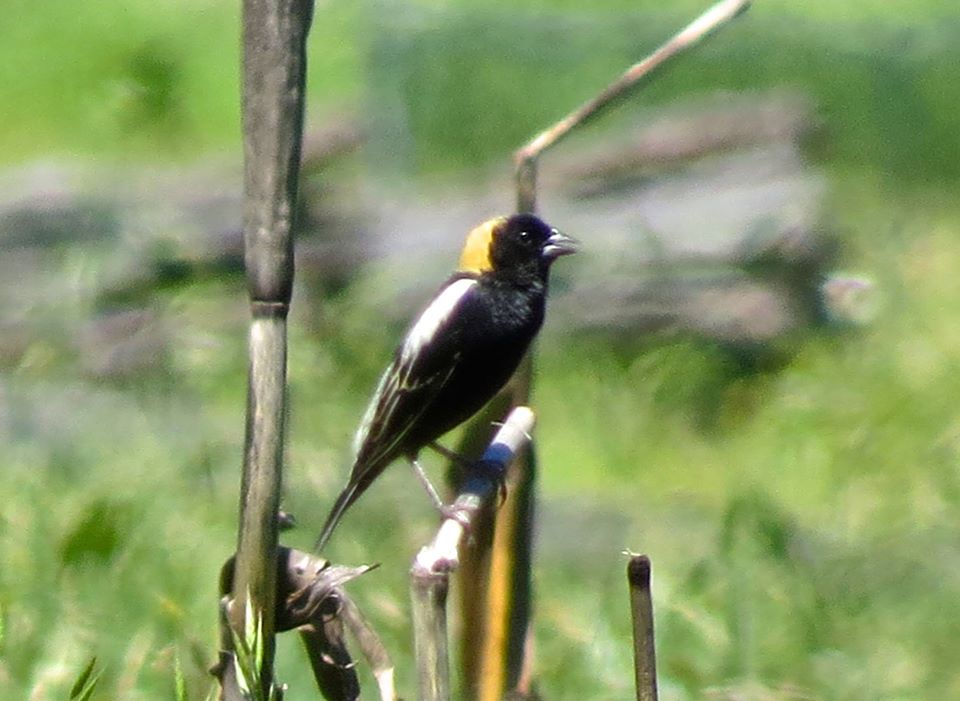
Emily Dickinson wrote of that feathered hope in 1861:
“Hope is the thing with feathers –
That perches in the soul –
And sings the tune without the words –
And never stops – at all”
According to Birdwatching Magazine something else happened in 1861 that had great impact on things with feathers. The magazine noted in a piece showing a timeline of the extinction of the passenger pigeon, “By 1861, an intercontinental [railroad] line would be completed, making it possible to share pigeon locations with a nationwide audience, including professional hunters.” This was one year after a flight of pigeons at Fort Mississauga, Ontario was estimated to exceed one billion birds. Around 35 years later – 1895 – the last passenger pigeon nest and egg to be found in the wild was found near Minneapolis.
American poet and nature writer Christopher Cokinos rekindled that feathered hope in 2000 with his book (named after Dickinson’s poem) Hope is the Thing with Feathers. Cokinos delves into the extinction of six iconic species of birds – passenger pigeon, ivory-billed woodpecker, Carolina parakeet, heath hen, Labrador duck and great auk. He uses personal anecdotes, historical bird-sleuthing and science to illustrate these billions of pieces of feathered hope were obliterated out of ignorance, greed and an anthropogenic hubris, which is manifesting again today. And birds are paying dearly.
A recent report in the Journal Science noted an estimated 2.9 billion North American birds have been lost over the last 50 years. Since the founding of the United States there have been only two bedrock acts implemented that protect birds directly – the Endangered Species Act and the Migratory Bird Treaty Act, and both are under attack. The Trump administration announced rollbacks to the Endangered Species Act in late 2019. Seventeen states and numerous environmental organizations have filed suit to try and stop the rollbacks – there has been no definitive outcome at this point. The Endangered Species Act is directly responsible for saving or, at least, halting the loss of the bald eagle, peregrine falcon, brown pelican, Kirtland’s warbler, red-cockaded woodpecker, whopping crane, golden-cheeked warbler, California condor and others.
The Trump administration announced rollbacks to the Migratory Bird Treaty Act in 2017. The MBTA was enacted in 1918 to protect birds from being slaughtered to satisfy the millinery trade. In the 1970s the MBTA was expanded to protect birds from “incidental take,” allowing industries, etc. to be prosecuted and fined for “accidentally” killing birds.
The BP Deepwater Horizon oil spill in 2010 killed or injured nearly a million coastal birds and devastated coastal habitat. BP was fined $100 million under the MBTA and that money was used to restore much needed bird habitat. The Trump rollbacks are designed to release individuals and/or companies from being prosecuted for incidental take and we already know how that plays out.
When the state of Virginia began plans to expand the Chesapeake Bay Bridge, it knew development would eradicate nesting habitat for 25,000 different seabirds. To compensate, the state was planning to create an artificial island to replace that habitat. The Trump administration weighed in noting changes to the MBTA had eliminated penalties for incidental take and the artificial island sank.
The changes to the MBTA haven’t been codified yet and public comment is open till March 19, 2020. You can read the proposals here – https://www.regulations.gov/docket?D=FWS-HQ-MB-2018-0090 and you can go here to comment – https://www.regulations.gov/.
Sometimes hope needs help.
